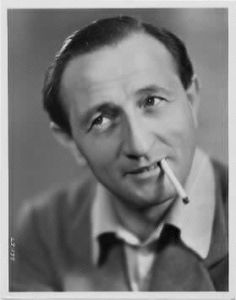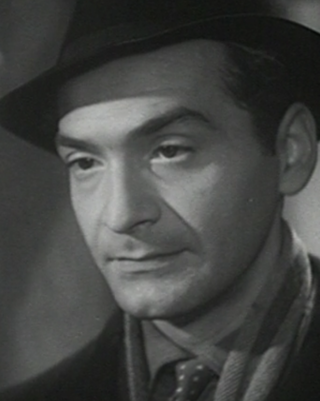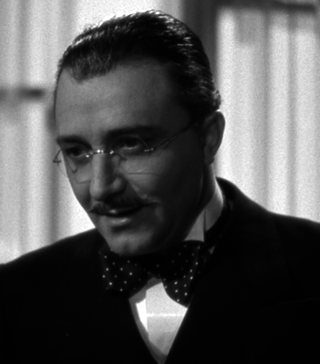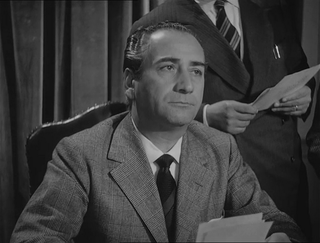Related Research Articles

Paolo Stoppa was an Italian actor.

Carmine Gallone was an early Italian film director, screenwriter, and film producer, who was also controversial for his works of pro-Fascist propaganda and historical revisionism. Considered one of Italian cinema's leading early directors, he directed over 120 films in his fifty-year career between 1913 and 1963.

Andrea Checchi was a prolific Italian film actor.

Carlo Ninchi was an Italian film actor. He appeared in more than 120 films between 1931 and 1963.

Nerino "Nerio" Bernardi was an Italian stage and film actor. He appeared in nearly 200 films between 1918 and 1970.
Carlo Duse was an Italian film actor. He appeared in more than 80 films between 1916 and 1956. He was born in Udine, Italy and died in Rome, Italy.

Nando Bruno was an Italian film actor. He appeared in 84 films between 1938 and 1961. He was born in Rome, Italy and he died there.

Enrico Musy, better known as Enrico Glori was an Italian actor.

Luigi Almirante was an Italian stage and film actor. He appeared in 62 films between 1921 and 1955.

Renato Chiantoni was an Italian actor. He appeared in 100 films between 1937 and 1978.

Les Miserables is a 1948 Italian drama film directed by Riccardo Freda. It is based on the Victor Hugo's 1862 novel Les Misérables and stars Gino Cervi as Jean Valjean, Valentina Cortese as Fantine and Cosette, and Hans Hinrich as Javert. After the financial success of Freda's previous film The Black Eagle, Freda worked a deal with Lux Film and began developing an adaptation of Les Misérables with Mario Monicelli, Vittorio Nino Novarese and Stefano Vanzina. The film was shot entirely in Rome.

Nino Marchetti was an Italian film actor. He appeared in 66 films between 1934 and 1973.

Gabriel Gabrio was a French stage and film actor whose career began in cinema in the silent film era of the 1920s and spanned more than two decades. Gabrio is possibly best remembered for his roles as Jean Valjean in the 1925 Henri Fescourt-directed adaptation of Victor Hugo's Les Misérables, Cesare Borgia in the 1935 Abel Gance-directed biopic Lucrèce Borgia and as Carlos in the 1937 Julien Duvivier-directed gangster film Pépé le Moko, opposite Jean Gabin.
Maurice Escande was a French stage and film actor. In 1948 he starred in the film The Lame Devil under Sacha Guitry.

Anchise Brizzi was an Italian cinematographer.
Eraldo Da Roma was an Italian film editor best known for his work with Roberto Rossellini, Vittorio De Sica, and Michelangelo Antonioni.

Lucrezia Borgia is a 1940 Italian historical film directed by Hans Hinrich and starring Isa Pola, Friedrich Benfer and Carlo Ninchi. The film portrays the life of Lucrezia Borgia (1480-1519), one of a number of Italian films of the era set during the Renaissance. It was made at the Scalera Studios in Rome.

Before Him All Rome Trembled is a 1946 Italian musical war melodrama film directed by Carmine Gallone and starring Anna Magnani, Tito Gobbi and Hans Hinrich. Ada and Marco are a pair of opera singers, who moonlight working for the Italian resistance at the time of the German occupation of Rome during the Second World War. They are sheltering a British soldier with whom they make contact with the advancing Allied forces. Sylistically the film is a hybrid between filmed performances of opera, and a neorealistic resistance melodrama.
Lucrezia Borgia (1480–1519) was an Italian aristocrat.

Renato Navarrini (1892–1972) was an Italian stage and film actor. He was married to the actress Fanny Marchiò.